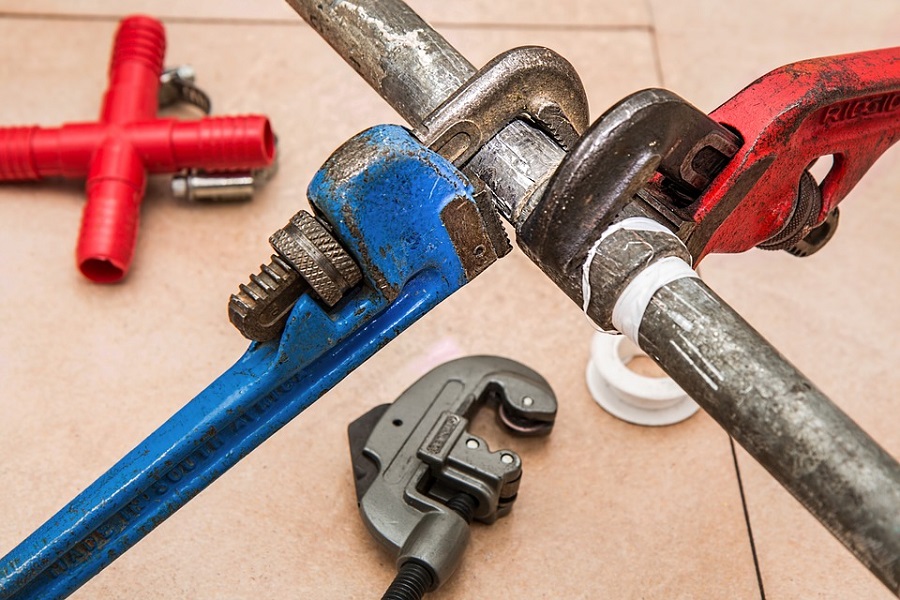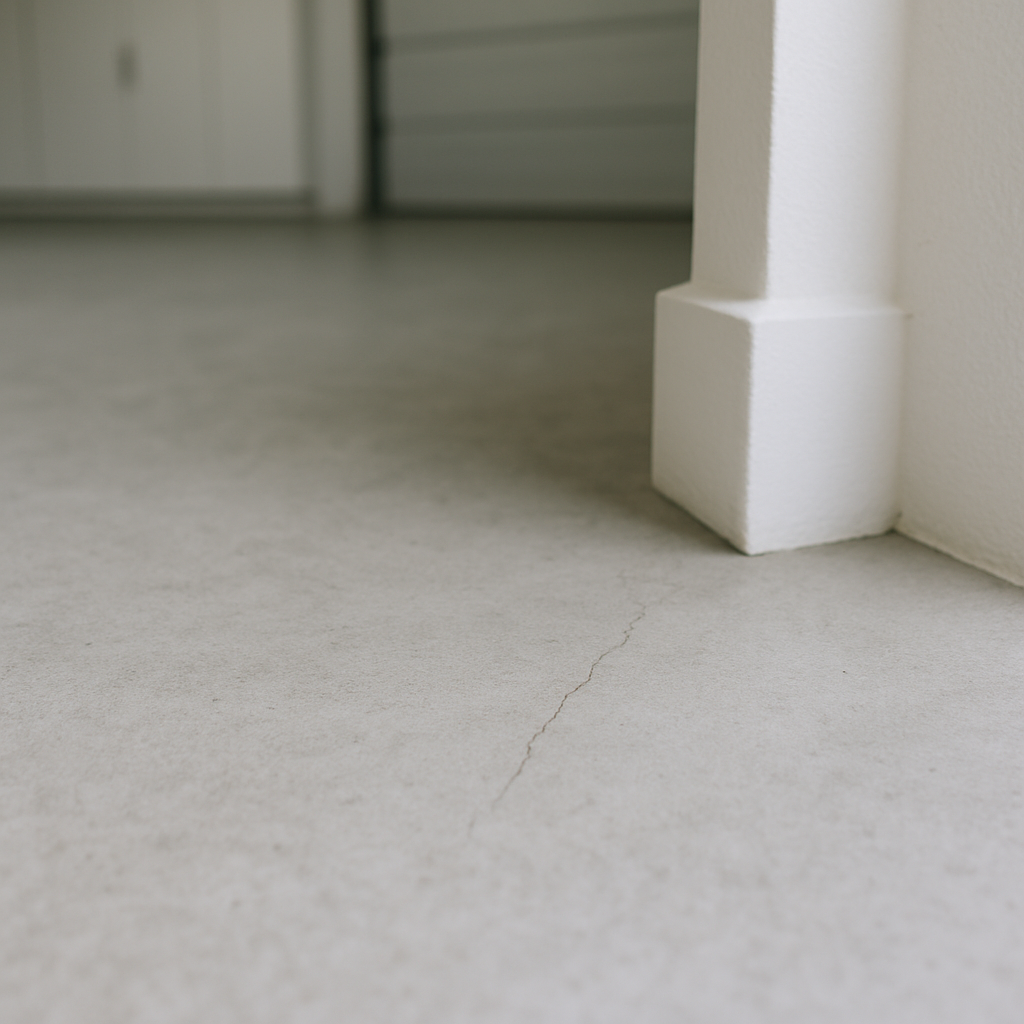Last updated on
Heard about pipe lining? How is it better than traditional repairs? Here’s everything you need to know. Read on!
Pipe lining, in a nutshell, means putting a pipe within pipe to repair the original broken pipe.
Pipe repairs are essential to maintain continuous water supply in commercial and residential establishments. Faulty or broken pipes may lead to several complications, such as bringing health complications to individuals in the vicinity. Consider using pipe lining instead of traditional pipe repairs in this regard.
Here are some reasons you should opt for pipe lining procedures if you’re still on the fence about this matter.
What's Inside
Value

Consider getting your pipe lining materials from a reliable source. According to MaxLiner USA, sturdy materials acquired from trustworthy providers may make your newly-repaired pipes using pipe lining last for over several years.
Use materials like reinforced liner tubes with polyurethane or polyvinyl chloride coating for excellent durability. In turn, the items you’ve purchased may reinforce the pipes, making them last longer while providing excellent value in return.
Time Efficiency

Traditional pipe repairs may take days to complete. Conventional methods may need landscape restructuring and breaking concrete before the repairs can begin. Residences and businesses in the area can go days without water while the repairs are incomplete.
Conversely, pipe lining doesn’t require several and sometimes laborious procedures before you can start repairing the pipe. Pipe lining repairs, specifically procedures that involve trenchless techniques, don’t require excavating landscapes.
Pipe lining jobs work laterally, which means technicians can insert substances that cure in place. These procedures are relatively quick to accomplish, and shouldn’t take more than a day to complete.
Costs

The costs of traditional pipe repair on paper might be less expensive than pipe lining solutions. Although each project using conventional pipe repairs can be dissimilar, expect to pay around $50 to $250 per foot for the task’s accomplishment.
Following those figures, you might spend around $500 to $2,500 for a repair job involving 10 feet of pipe. Also, the fees may only cover the labor and materials used. Hence, some extra charges might be present, such as landscaping costs.
For instance, you might spend around $80 to $300 per foot if you opt to use pipe lining repairs. So, the total costs should be about $800 to $3,000 to repair a 10-foot pipe.
Nonetheless, pipe lining can be a more cost-efficient solution than traditional pipe repairs. Since this procedure doesn’t involve landscaping jobs, you can rule those fees out of the final expenses. These charges for pipe lining projects tend to be final, even if you might spend more on labor and materials.
Workplace Cleanliness

Pipe lining operations, particularly those involving trenchless techniques, don’t involve the destruction of nearby elements, like landscape, walls, and floors. Therefore, expect the work area to remain clean before and after the task’s completion.
Pipe lining also provides minimal noise disruption of the area. It’s because the use of heavy equipment, such as backhoes and jackhammers, is relatively non-existent for this procedure.
Here’s a quick rundown (in order) of the different stages of pipe lining to help give you an idea about the procedure:
- Checking and inspection of pipes
- Cleaning any blockages in pipes
- Final check before relining (this step may use closed-circuit cameras)
- Determining the length of the lining
- Epoxy resin saturates the pipe’s lining
- The lining material undergoes a curing process
- Cutting the junctions and injections pits
- Final checks before marking the task as complete
The steps mentioned above may only need two people to complete the entire operation. Therefore, you can also save on labor costs.
Safety

Traditional pipe repairs may disrupt the ground, causing risks to residents and passersby. Debris, holes, and trenches can become accident-prone areas. Moreover, children, elderly, pets, and physically-challenged individuals are vulnerable to figuring in accidents when passing through these locations.
Pipe lining becomes the better option for repairing pipes as opposed to using conventional pipe repair solutions. People can pass through the work area without worry since this solution doesn’t require significant disturbance in the vicinity.
Spot Repairs

Conventional pipe repairs might require the disturbance of a large section before fixing a small area in the pipes. The entire procedure may cost a significant amount of effort, money, and time.
With pipe lining repairs, it’s possible to fix a “spot” without doing significant harm to connected water systems. Ultimately, these procedures are relatively quick and shouldn’t cost as much money as traditional pipe repairs.
Several property owners are now choosing pipe lining over traditional pipe repair solutions for several reasons. Pipe lining options tend to cost less and can repair pipes within the day. Moreover, pipe lining won’t put the landscape or the people in the area in harm’s way, making it a safe and eco-friendly option for fixing or maintaining pipes and their connected water systems.




